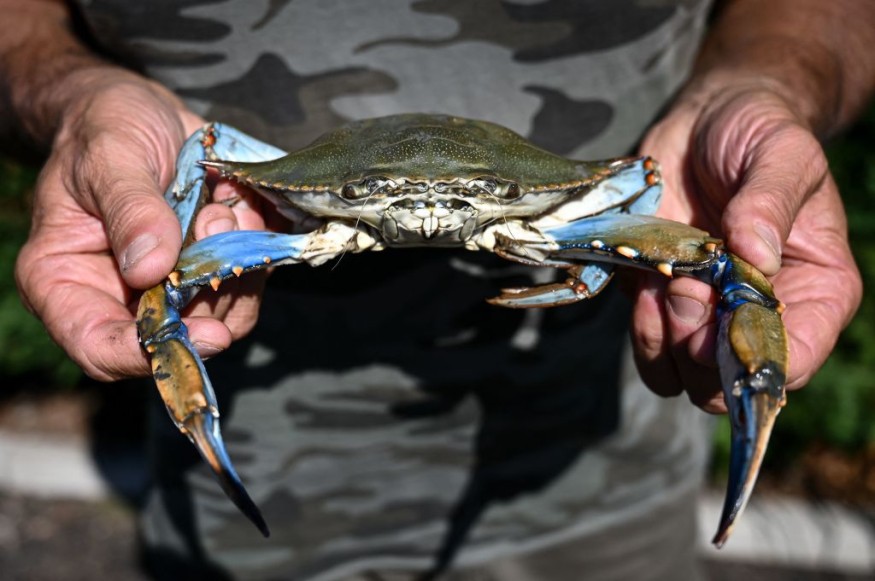The blue crab invasion raises significant concerns for fishermen and farmers in Italy. The aggressive blue crab consumes fish, mussels and iconic clams in the Northeastern part of the country.
Fishermen are looking for ways to prevent or avoid the emergence of blue crabs because it can significantly affect their clam harvests.
The iconic signature pasta and spaghetti alle vongole in the country can also suffer from the blue crab invasion if they are left uncontrolled.
Climate change as the cause

Blue crabs (Callinectes sapidus) are also known as a beautiful savory swimmer. They can be found in the following areas:
- Gulf of Mexico
- Nova Scotia
- Atlantic
- Gulf Coast
The said crabs can quickly scavenge food as they are effective swimmers. They can consume clams, fish, oysters and other small crustaceans.
The invasion of the blue crabs in Italy's waters could be due to the warming of ocean waters, especially in the Northeastern.
Reports also showed that climate change could be one of the culprits in the blue crabs' arrival in Italy.
Aggressive crab invasion
Farmers and businesses may suffer from the low harvest of other aquatic animals due to the aggressive blue crabs.
Fishermen also considered catching with their nets, but the blue crabs can evade the catch by breaking the trap.
The waters in Italy lack natural predators that can address the emergence of blue crabs. As a result, the government of Italy will allot about €2.9m (£2.5m) to deal with the blue crab invasion.
Fishermen and farmers are also advised to watch out for the blue crabs and catch as many as possible to control their invasion.
In the Po River valley, fishermen were significantly affected. The aggressive blue crabs managed to eat at least 90% of young clams in the region.
Also Read : What is Uristen Shark? People Look For Answers After Seeing Real Life Encounter in Maldives [WATCH]
More facts about the blue crabs
In the National Wildlife Federation, blue crabs are also recognized as Chesapeake blue crabs. Their species suffer from different threats due to the following:
- Habitat loss
- Pollution
- Severe weather events
- Climate change
The increasing carbon pollution also harms the population of blue crabs. Exposure to the said pollution can lead to huge shells.
In terms of looks, the blue crab has a noticeable olive green and blue appearance, with a life span from three to four years.
Male blue crabs can reach up to seven to eight inches, bigger than female blue crabs. They can weigh up to ⅓ pounds and grow depending on the warmth of the water.
The population of blue crabs can likely grow during their mating season between May and October. According to NOAA Fisheries, blue crabs can have babies from 750,000 to 3,200,000 eggs.
To communicate with their environment or other crabs, they use their crabs' claws. Crabs also have weak or poor vision.
Crabs can also help themselves regenerate.
Related Article : 14-Foot Long Whale with Shark Bites Found Dead on Florida Key's Waters
For more similar stories, don't forget to follow Nature World News.
© 2025 NatureWorldNews.com All rights reserved. Do not reproduce without permission.





